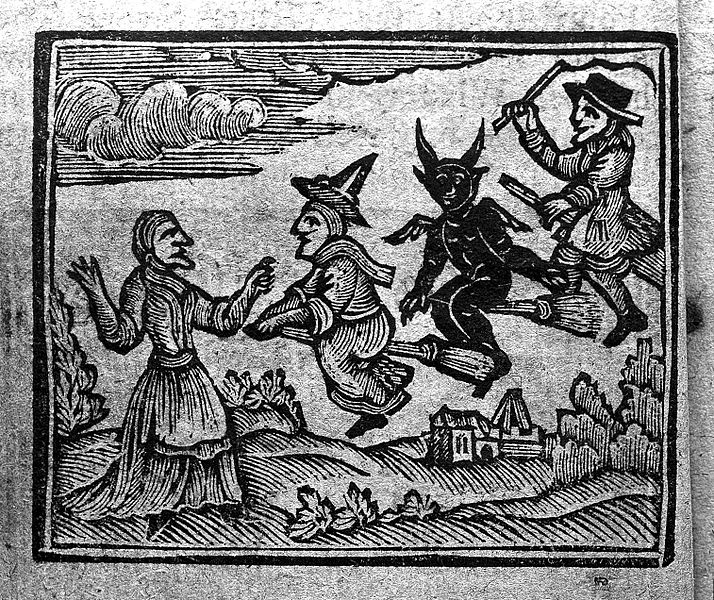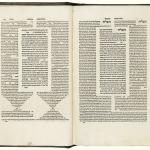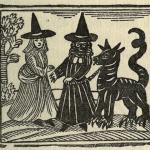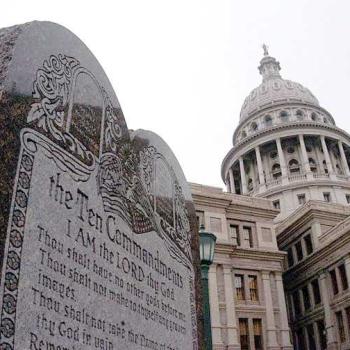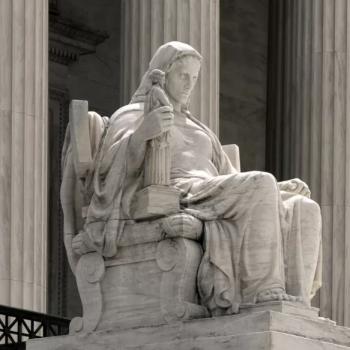Let’s explore the history of witches, the queens of Hallowe’en. Witches inhabit spaces where religion and folklore overlap. The classic Hallowe’en witch, with her black pointed hat and flying broom, is a European creation. But there are myths from around the world about dangerous women with dark magical powers. This suggests a connection with Jungian archetypes. As Carl Jung explained it,
The primordial image, or archetype, is a figure—be it a daemon, a human being, or a process—that constantly recurs in the course of history and appears wherever creative fantasy is freely expressed. Essentially, therefore, it is a mythological figure…In each of these images there is a little piece of human psychology and human fate, a remnant of the joys and sorrows that have been repeated countless times in our ancestral history.
Today it is often assumed that the European witch originated in pre-Christian European paganism. Many have replaced the word witch with the Old English wicca, a male magician or sorcerer (the feminine is wicce). There’s not much in the way of historical corroboration for that idea, however. Most anthropologists and historians insist that the proposed witch-wicca connection to pre-Christian Europe is mostly a modern invention. The witch as most of us understand her more likely is a product of the Late Middle Ages. There is at least one pagan influence on witch lore, however — Hecate, a goddess of Greek mythology. Hecate is associated with magic and spells and the power of three. And check out some other mythical Greek ladies, Circe and the Graeae.
Witch Hysteria in the European Middle Ages
In the early 15th century Europe grew obsessed with witches. Church fathers pointed to the Old Testament, notably Exodus 22:18, “Thou shalt not suffer a witch to live.” There is also the Witch of Endor, who appears in 1 Samuel 28. In this story King Saul made a deal with a witch, or “medium” in some translations, to conjure the spirit of the late King Samuel. (In exchange, Saul promised to not kill her for breaking the law that forbade contacting the dead. Such a deal.) Samuel tells Saul he has messed up and is about to be defeated by Philistines. (The Witch in this story seems to me to be a blameless person who did only what Saul asked. And then she wouldn’t let Saul and his entourage leave until they’d had something to eat.)
Witch hysteria intensified after the publication of a book titled Malleus Maleficarum — “Hammer of Witches” — in 1486. This was one of the best-selling books in Europe for at least a century. Written by two German Dominican friars, the book identified witchcraft as a form of heresy, which was punishable by being burned alive at the stake. Before the Malleus Maleficarum, someone found guilty of witchcraft usually would have suffered no worse than a few hours in the stocks. The book also described in detail how to identify and interrogate witches.
Much about witches in books, and eventually movies, ever after came from the Malleus Maleficarum. Witches were people, usually women, who had entered a pact with Satan. It is witches carrying out Satan’s evil in the world, the book argues. The book provides details on how to interrogate the accused, and especially how to apply torture until the accused confessed. If, after prolonged torture, the accused had not confessed, a judge could order the torture to continue until she did.
The Sociology of Witch Hysteria
The 16th century saw the end of the Middle Ages and the beginning of the Protestant Reformation. Witch hysteria continued, however, and some newly minted Protestants joined in. By 1670, up to 80,000 suspected witches, mostly women, had been put to death. More than half of those deaths occurred between 1560 and 1670.
What caused the hysteria? Had something happened to suddenly make people obsessed with witches? Very likely we’re looking at a confluence of sociological, religious, and even political issues here. For an in-depth look at these, I recommend a 2018 paper by Elizabeth Foster-Feigenbaum, “The Middle Ages as a Conducive Period to the Witch Craze.”
In brief — first, “witches” were a scapegoat for the ills of the world. This follows the old pattern of singling out a “different” group to blame for things going wrong. In other times and contexts the blame would fall on Jews, or racial minorities, or Catholics where Protestants are a majority and vice versa. And so on. In the witch hysteria the blame mostly fell on women, but of course it couldn’t be all women. Just women who were “different.” Maybe they were outspoken or disruptive, for example. Women who were homeless, women who never married, were more likely to be accused. Midwives often were singled out and accused of witchcraft, possibly because they had a calling outside home and church. There was obviously some deep fear of women’s sexuality and their power to give birth going on in witch hysteria. The occasional man accused of witchcraft usually was the husband or other close relative of an accused female witch.
It’s also the case that the 15th and 16th century was a time of great religiosity as well as religious unrest. The Reformation didn’t begin officially until Martin Luther posted his Ninety-five Theses on the door of the Castle Church in Wittenberg, Germany, on October 31, 1517. But the pressures that led up to the Reformation surely had been building for a while before that. Stirring up fear of witches also became a way for the Catholic Church to reassert some control over common people. It is also speculated that alarm at the witch hysteria predisposed some Europeans toward Protestantism.
The Hysteria Winds Down
Witch trials became less frequent in Europe in the 18th century and were only sporadic after about 1750. By then the rational ethos of the European Enlightenment had taken hold. Several European countries banned witch trials entirely. The last person executed for witchcraft in Europe was a Swiss woman, Anna Göldi, who was beheaded in 1782. Historians have determined that Göldi’s “crime” was having an affair with her powerful employer and then threatening to expose their relationship.
But that leaves us with the ongoing folklore of witches, which continues to change. Witches in modern books and films are less and less likely to be associated with Satan worship. They may even be good. But what about the traditional pointed hat and flying broom? Let’s save that for the next column — The Evolution of Witches.
